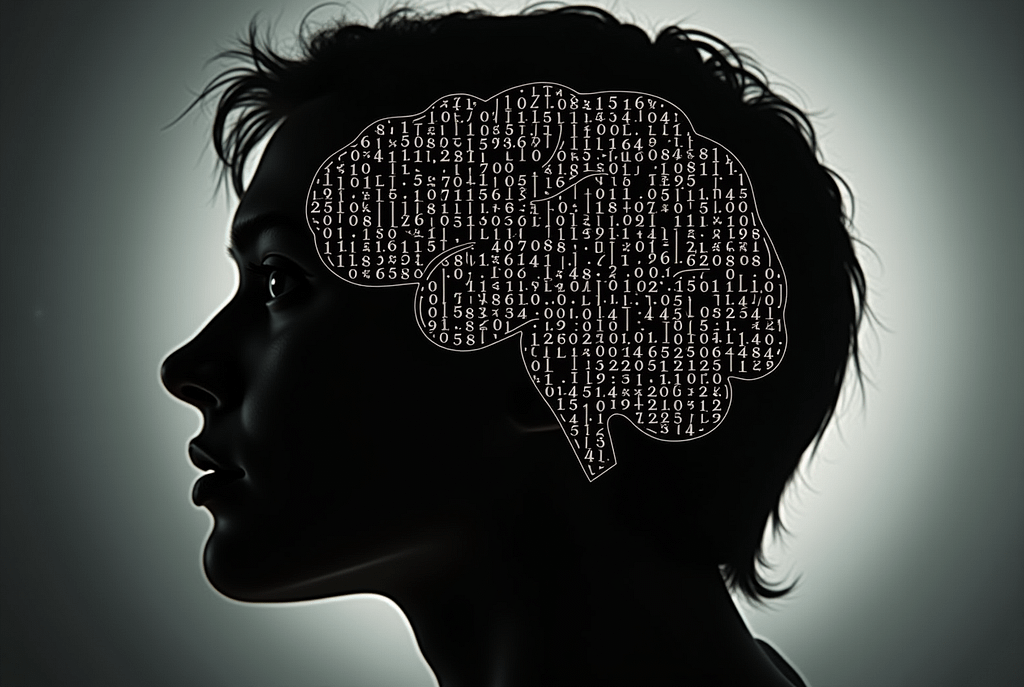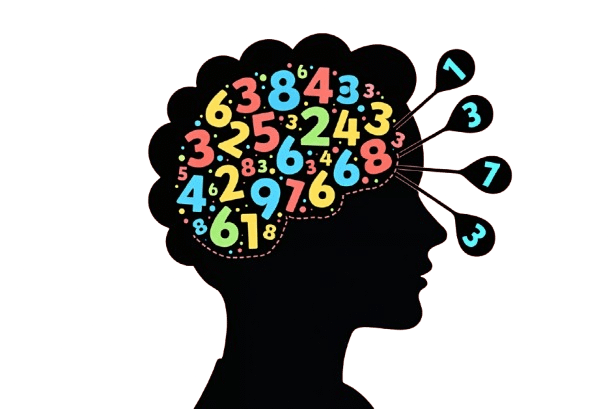I enjoy to see people interested in the inner workings of systems, especially those we use daily. Chat GPT and most other LLMs are Large Language Models, trained on vast amounts of written text, transcribed audio, and transcribed video. The initial goal was to teach them how our language works, and it’s astonishing how far they’ve come.
The Complexity of Language
When translating between languages, it’s not just a matter of replacing words. Grammar, context, and emotional nuances all play a crucial role. For instance, the word “bank” can refer to a financial institution or the side of a river. LLMs need to understand these subtleties to provide accurate translations.
Moreover, emotional, professional, and personal styles of communication vary greatly. Humans can pick up on these cues, but machines need to be trained to recognize them. This is where the importance of understanding comes in.
Understanding: The Key to Human Communication
When we ask someone a question, we’re not just seeking a straightforward answer. We’re looking for context, empathy, and understanding. LLMs aim to replicate this by analyzing the relationships between words and sentences. They learn to recognize patterns and predict the most likely response based on the input.
To illustrate this, let’s consider a simple example. If you ask an LLM to complete the sentence “I go for lunch with my _,” it will analyze the context and provide the most likely answer. In this case, the options might be “airplane,” “mouse,” or “friend.” The LLM will choose the most appropriate response based on its training data.
The Math Behind the Magic
LLMs rely on complex mathematical calculations to provide answers. When you ask a question, the LLM breaks it down into a list of numbers, which are then fed into a massive mathematical formula. This formula analyzes the relationships between words and sentences, predicting the most likely response.
To give you a better idea, let’s look at a simplified example of how LLMs process language. Imagine a sentence as a sequence of numbers, where each number represents a word or character. The LLM analyzes the relationships between these numbers, predicting the next number in the sequence. This process is repeated, allowing the LLM to generate text or respond to questions.
The Limitations of LLMs
While LLMs are incredibly powerful, they’re not perfect. They struggle with tasks that require precise calculations, such as math or counting. Ask an LLM how many R’s are in the word “strawberry,” and it might respond with an incorrect answer. This is because LLMs are trained to understand language, not perform mathematical calculations.
The Future of AI
The future of AI is exciting and rapidly evolving. LLMs are becoming increasingly sophisticated, learning faster and more accurately. Soon, they’ll be able to perform tasks that were previously exclusive to humans, such as accounting, answering emails, creating pitch decks, websites, or writing code

